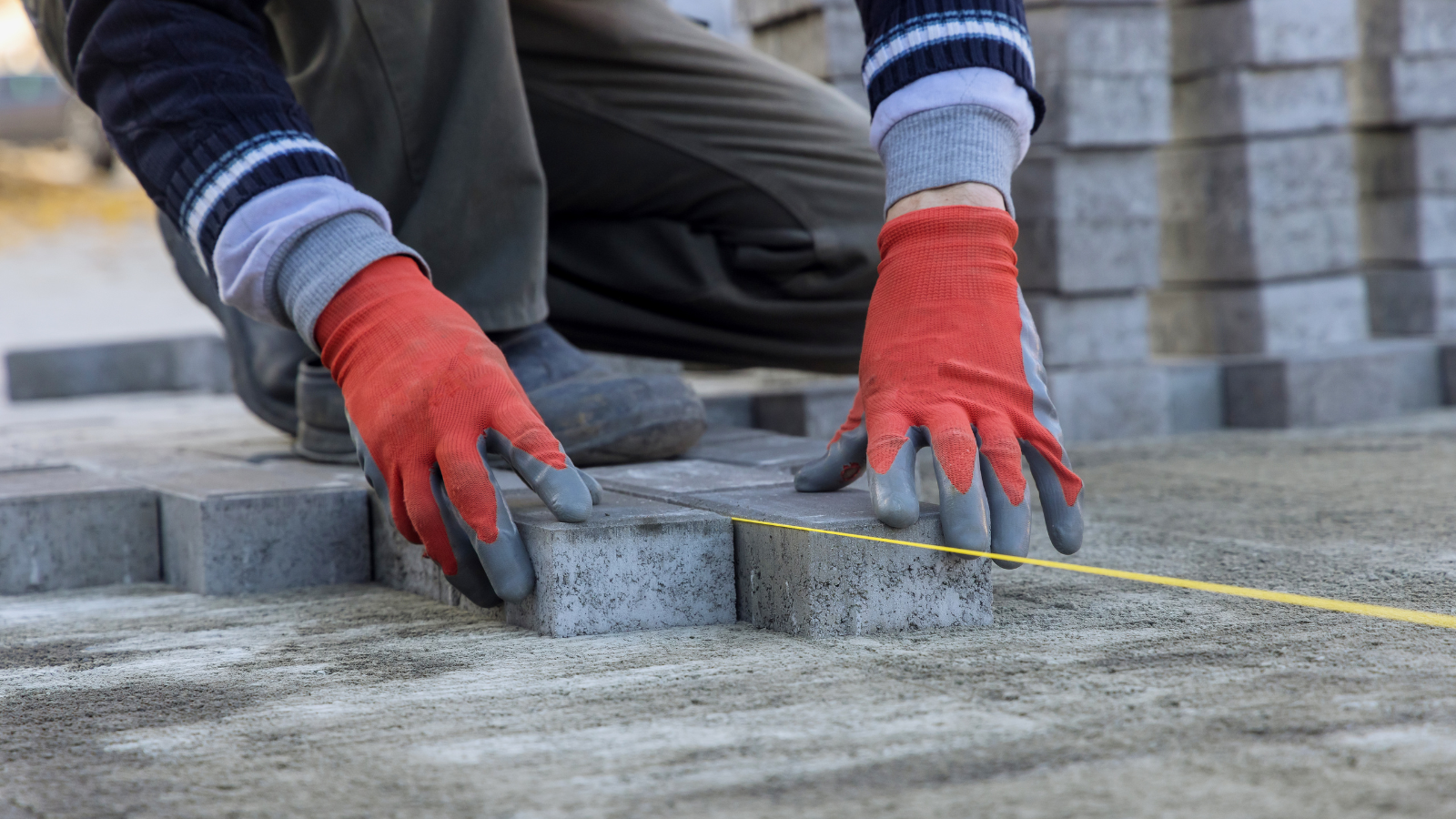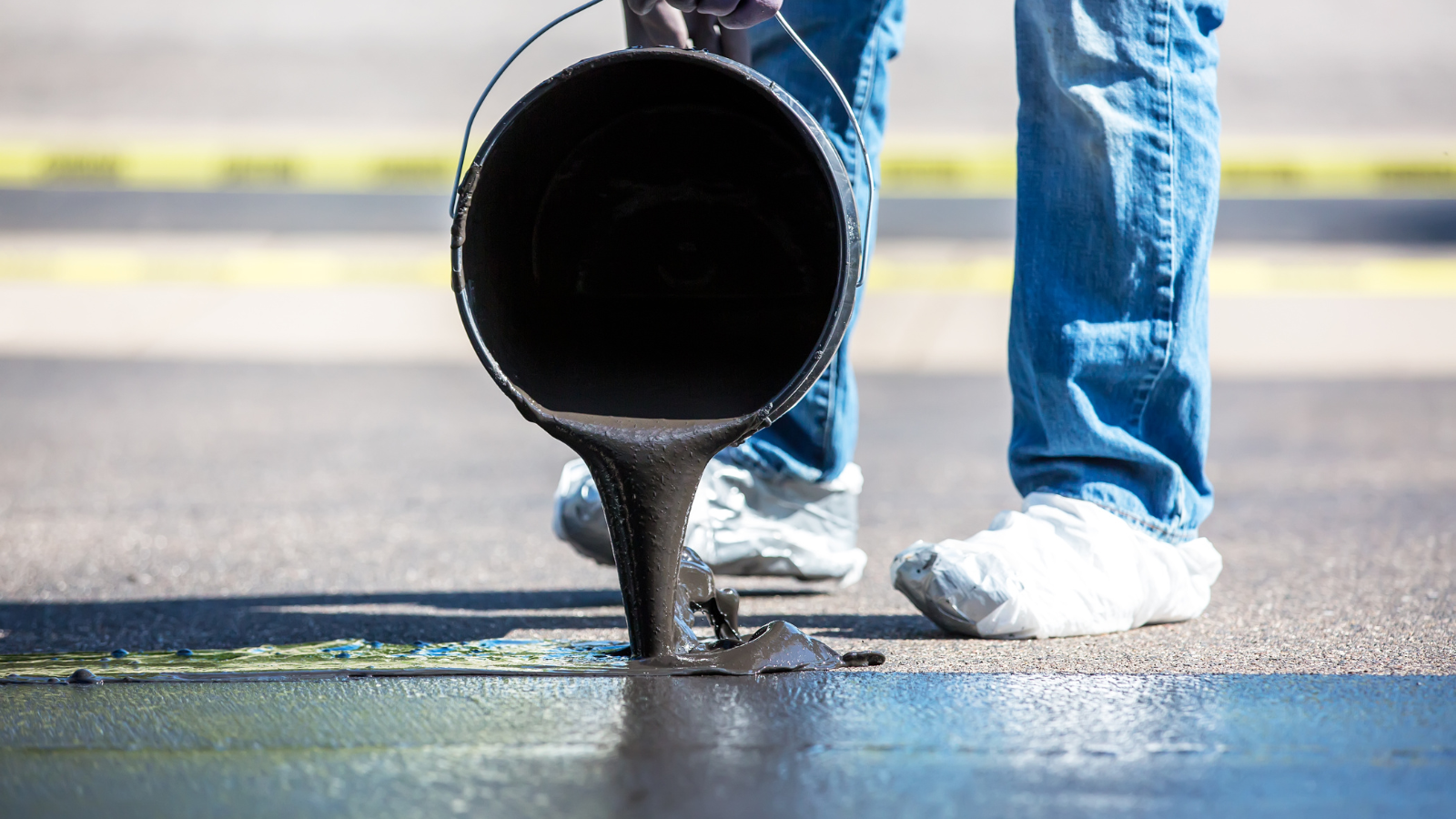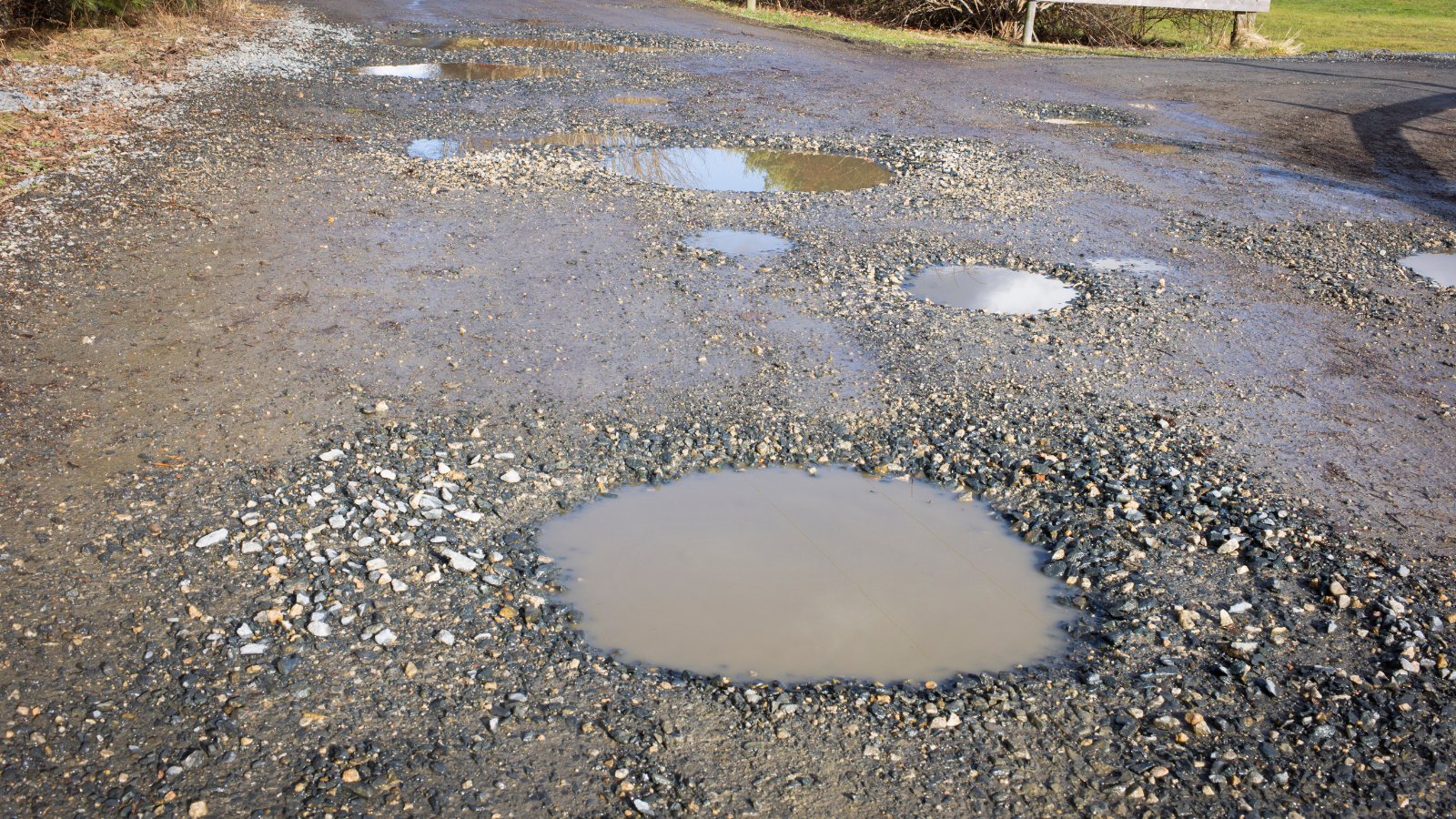Pavers add elegance and functionality to outdoor spaces, creating a welcoming and visually appealing environment. To confidently enjoy your property throughout the year, Recognizing the underlying issues and possible solutions for preventing paver shifting and settling. This guide will help ensure your outdoor space remains beautiful and stable.
At Elizabeth Paving, we provide high-quality asphalt paving, repair, and maintenance for residential, commercial, municipal, and industrial clients. Call us at (908) 458-9401 during business hours, and we’ll ensure a same-day response. Contact us today to receive your free quote.
How Do You Keep Pavers from Shifting?
1. Proper Base Preparation:
Excavate the ground to the appropriate depth—typically 6-8 inches for pedestrian areas and 8-12 inches for driveways.
To fully compact the plate, use a plate compactor. soil and gravel base.
2. Use Quality Materials:
Opt for high-quality pavers and base materials like crushed stone or gravel, which provide better support and longevity.
3. Edge Restraints:
Install solid edge restraints around the paver area’s border to stop lateral movement and keep the pavers in place.
4. Sand and Seal:
Joint sand helps lock the pavers together, while sealing the surface protects against erosion and weed growth.
What Prevents Pavers from Moving?
1. Geotextile Fabric:
Lay geotextile fabric under the base layer to guarantee that dirt doesn’t mix with the gravel a stable foundation.
2. Polymeric Sand:
Apply polymeric sand to the joints; it will solidify. when wet to create a more secure bond between pavers.
3. Regular Maintenance:
Routine inspection and maintenance help catch and correct minor shifts before they become significant problems.
4. Proper Drainage:
Ensure proper water drainage away from the paver surface to prevent erosion and movement.
How to Keep Pavers from Settling?
1. Excavate to the Right Depth:
Dig deep enough to remove all organic material and reach solid ground.
2. Compact in Layers:
Compact the sub-base, base, and paver layers separately to avoid future settling.
3. Use the Right Amount of Base Material:
Follow guidelines for your specific project to avoid instability from using too little or too much base material.
4. Monitor for Erosion:
Keep an eye on water runoff and take steps to direct it away from your pavers.
Is it Normal for Pavers to Shift?
While minor shifts due to natural ground movement and weather conditions are common, significant movement indicates underlying issues that need addressing. Proper installation and maintenance can minimize this risk.
10 Common Issues Causing Paver Shifting and Settling and How to Fix Them
1. Insufficient Base Depth:
Excavate deeper and add more gravel to stabilize the foundation.
2. Improper Compaction:
Recompact the base layers using a plate compactor to ensure stability.
3. Poor Drainage:
Install drainage systems like French drains or swales to direct water away from paver areas.
4. Edge Restraint Failure:
Replace or reinforce edge restraints to prevent lateral movement.
5. Organic Material in Base:
Remove any organic material during excavation to prevent future settling.
6. Inadequate Joint Sand:
Refill joints with polymeric sand and compact to lock pavers in place.
7. Heavy Traffic Areas:
Use thicker pavers and a stronger base for driveways or high-traffic areas.
8. Erosion:
Address water flow issues by redirecting runoff and repairing eroded areas.
9. Tree Roots:
Trim or remove roots that push up pavers and install root barriers to prevent recurrence.
10. Frost Heave:
Ensure proper drainage and use frost-resistant materials to minimize movement during freeze-thaw cycles.
Conclusion
Preventing paver shifting and settling is essential for preserving the attractiveness and practicality of your outdoor area. Proper installation and timely attention to common issues are essential for keeping your paver patio, walkway, or driveway both stable and visually appealing for years to come. Regular maintenance and proactive care play a vital role in preserving the integrity of your pavers, delivering a reliable and attractive outdoor space.
By following these best practices, you can prevent paver shifting and settling, ensuring a durable, long-lasting surface that enhances the beauty, functionality, and value of your property.







